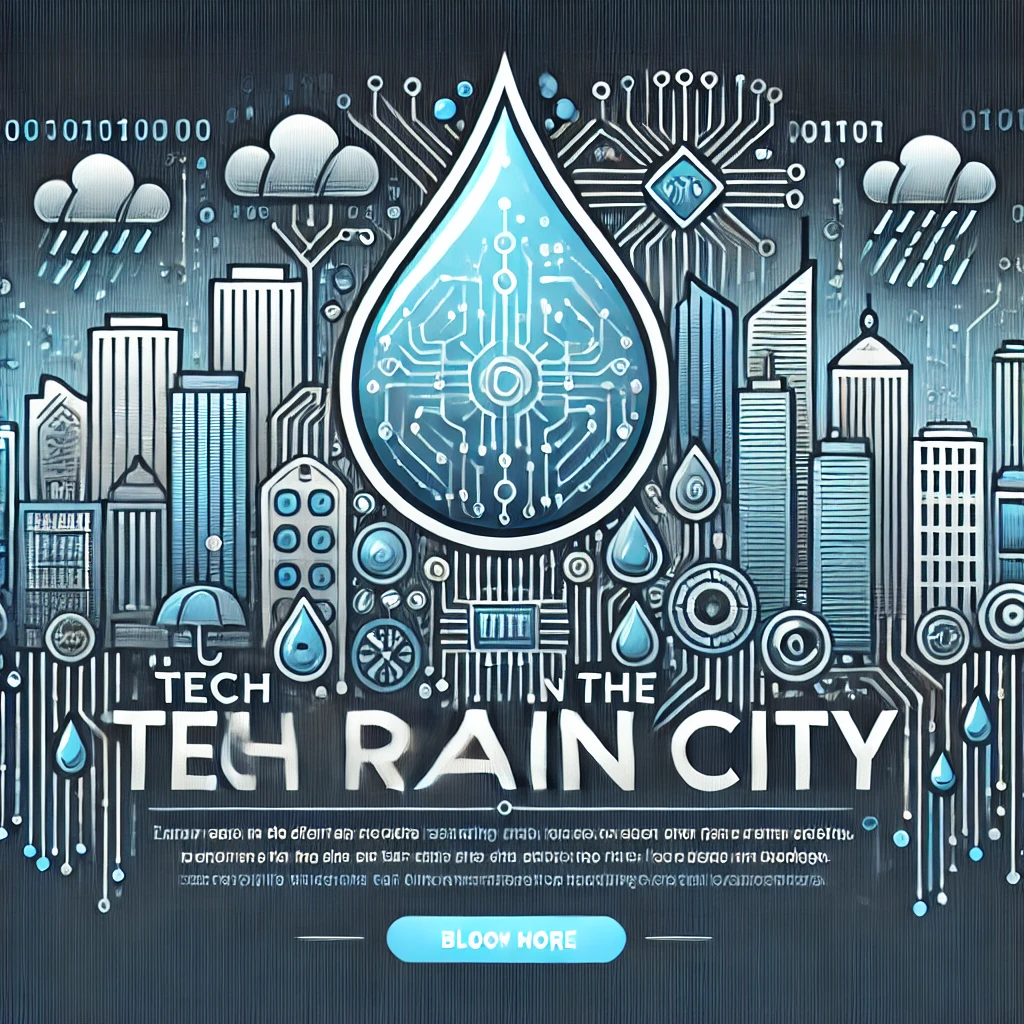Seattle's public transportation system is set for significant changes and improvements in 2025, building upon the transformative developments of 2024. This comprehensive analysis explores the various aspects of these changes, their impacts, and what residents and visitors can expect.

1. Light Rail Expansion
East Link Extension Completion
- The full East Link light rail line, known as the 2 Line, is expected to be fully operational by late 2025 Sound Transit.
- This will connect downtown Seattle to the Eastside, including Mercer Island, Bellevue, and Redmond Sound Transit.
- The Downtown Redmond Link Extension, adding 3.4 miles and two new stations at Marymoor Village and Downtown Redmond, is anticipated to open in Spring 2025 Sound Transit.
Service Frequency
- Trains on the 2 Line will operate every 10 minutes on weekdays, Saturdays, and Sundays for approximately 16 hours per day Sound Transit.
I-90 Segment
- The I-90 segment of East Link is anticipated to extend across the floating bridge, connecting the 2 Line to the 1 Line in downtown Seattle in late 2025 Sound Transit.
2. Bus Service Enhancements
King County Metro
- Addition of 168,500 hours of bus service, supported by a $33 million investment King County Metro.
- Expansion of mobility services including Access Paratransit, Metro Flex, Community Van, and Dial-A-Ride Transit King County Metro.
RapidRide Expansion
- $58 million allocated for improving the RapidRide H Line and continuing planning and design for the RapidRide R, J, and K lines King County Metro.
- Studies on further network expansion will be conducted King County Metro.
Service Restoration
- Plans to restore ST Express service that was temporarily reduced in 2024 due to staffing challenges Sound Transit.
3. Integration with Sound Transit
- $22 million allocated for King County Metro to add staffing and resources to operate and maintain increased service for Sound Transit Link light rail expansions on the Eastside and in Federal Way King County Metro.
- Continued collaboration between King County Metro and Sound Transit to optimize service integration King County Metro.
4. Safety and Security Improvements
- $23 million investment in expanding cleaning practices for passenger facilities and buses King County Metro.
- Implementation of Safety, Security, and Fare Enforcement (SaFE) Reform Initiative pilots King County Metro.
- Increased presence of transit security officers throughout the system King County Metro.
5. Environmental Sustainability
- Continued progress towards Metro's goal of an all-electric vehicle fleet by 2035 King County Metro.
- $448 million allocated for fleet electrification efforts, including the development of all-electric bus bases King County Metro.
6. South King County Mobility Project
- Preparation for the 2026 Link light rail expansion to Kent/Des Moines, Star Lake, and Federal Way Sound Transit.
- Creation of an updated mobility network integrating Metro services with Link light rail, ST Express bus network, and Pierce Transit services in King County King County Metro.
- Focus on improving mobility and access for historically underserved populations in South King County King County Metro.
7. Seattle Transportation Plan Implementation
- Continued implementation of the Seattle Transportation Plan (STP), adopted in April 2024 Seattle.gov.
- Integration of various modal plans (walking, biking, transit, freight) into a unified vision for the city's transportation future Seattle.gov.
- Alignment with the One Seattle Comprehensive Plan for coordinated urban growth and transportation development Seattle.gov.
Conclusion
The year 2025 promises to be a pivotal one for Seattle's public transportation system. With major light rail expansions, bus service enhancements, and a strong focus on sustainability and safety, the city is poised to offer more comprehensive and efficient transit options. These changes aim to improve connectivity, reduce traffic congestion, and support Seattle's growing population and evolving transportation needs Seattle.gov.

